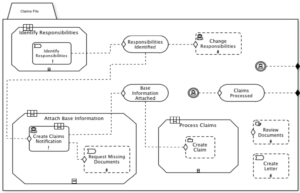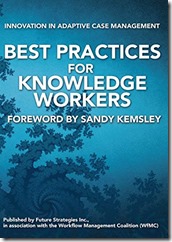The day at Technicity 2016 finished up with two panels: the first on challenges and opportunities, and the second on digital change agents.
The challenges and opportunities panel, moderated by Jim Love of IT World Canada, was more of a fireside chat with Rob Meikle, CIO at City of Toronto, and Mike Williams, GM of Economic Development and Culture, both of whom we heard from in the introduction this morning. Williams noted that they moved from an environment of few policies and fewer investements under the previous administration to a more structured and forward-thinking environment under Mayor John Tory, and that this introduced a number of IT challenges; although the City can’t really fail in the way that a business can fail, it can be ineffective at serving its constituents. Meikle added that they have a $12B operating budget and $33B in capital investments, so we’re not talking about small numbers: even at those levels, there needs to be a fair amount of justification that a solution will solve a civic problem rather than just buying more stuff. This is not just a challenge for the City, but for the vendors that provide those solutions.
There are a number of pillars to technological advancement that the City is striving to establish:
- be technologically advanced and efficient in their internal operations
- understand and address digital divides that exist amongst residents
- create an infrastructure of talent and services that can draw investment and business to the City
This last point becomes a bit controversial at times, when there is a lack of understanding of why City officials need to travel to promote the City’s capabilities, or support private industry through incubators. Digital technology is how we will survive and thrive in the future, so promoting technology initiatives has widespread benefits.
There was a discussion about talent: both people who work for the City, and bringing in businesses that draw private-sector talent. Our now-vibrant downtown core is attractive for tech companies and their employees, fueled by our attendance at our universities. The City still has challenges with procurement to bring in external services and solutions: Williams admitted that their processes need improvement, and are hampered by cumbersome procurement rules. Democracy is messy, and it slows things down that could probably be done a lot faster in a less free state: a reasonable trade. 🙂
The last session of the day looked at examples of digital change agents in Toronto, moderated by Fawn Annan of IT World Canada, and featuring Inspector Shawna Coxon of the Toronto Police Service, Pam Ryan from Service Development & Innovation at the Toronto Public Library, Kristina Verner, Director Intelligent Communities of Waterfront Toronto, and Sara Diamond, President of OCAD University. I’m a consumer and a supporter of City services such as these, and I love seeing the new ways that they’re using to include all residents and advance technology. Examples of initiatives include fiber broadband for all waterfront community residences regardless of income level; providing mobile information access to neighbourhood police officers to allow them to get out of their cars and better engage with the community; integrating arts and design education with STEM for projects such as transit and urban planning (STEAM is the new STEM); and digital innovation hubs at some library branches to provide community access to high-tech gadgets such as 3D printers.
There was a great discussion about what it takes to be a digital innovator in these contexts: it’s as much about people, culture and inclusion as it is about technology. There are always challenges in measuring success: metrics need to include the public’s opinion of these agencies and their digital initiatives, an assessment of the impact of innovation on participants, as well as more traditional factors such as number of constituents served.
That’s it for Technicity 2016, and kudos to IT World Canada and the City of Toronto for putting this day together. I’ve been to a couple of Technicity conferences in the past, and always enjoy them. Although I rarely do work for the public sector in my consulting business, I really enjoy seeing how digital transformation is occuring in that sector; I also like hearing how my great city is getting better.





